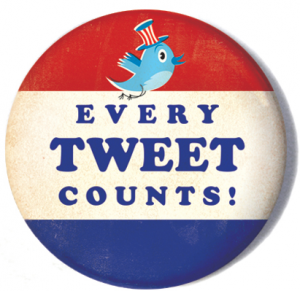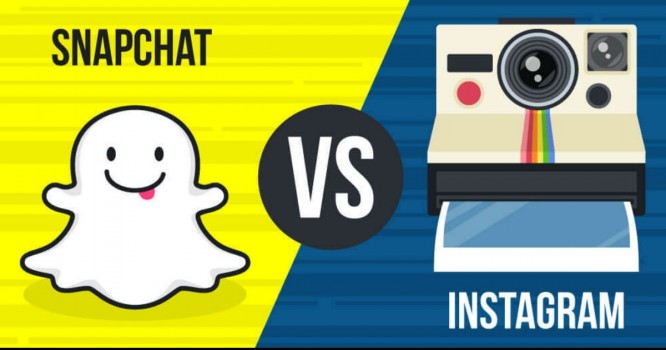Who thinks advertising on Facebook is only useful for firms has it wrong: nowadays politicians are exploring the benefits of social media-advertising more and more. Though 2017 will be the year of Dutch elections, now it is already clear that the use of social media will become extremely important. This blog will give you a few examples of how Dutch politicians are using Facebook to connect effectively with their target groups.
If you didn’t know it yet: Facebook knows quite some things about you ;). This information can be used to adjust a message for its target group. GroenLinks (Dutch political party ed.), for instance, is using a different starting point of their video, depending on the gender of the person that views it. This is because research has shown that women tend to watch the video more frequently if the party leader of GroenLinks, Jesse Klaver, is in the center of the first shot. Men, on the other hand, like it more when they see Klaver into discussion with another politician. Hence, the starting point of the video has been adjusted to the gender of the viewer.
But political parties use Facebook for more than only advertising. When Diederik Samson (current party leader of PVDA ed.) announced his candidacy for the party leadership position, he did this via Facebook only. The traditional media followed a day later. In this way, politicians can completely determine the image they want to transmit: no difficult questions about other topics or the risk that you get wrongly cited. This will be the new norm for political parties during coming elections: decide yourself what message you would like to convey, to which group and via which medium. After the most recent political debate, this resulted in many campaign teams uploading asap parts of the debate, all in which their own political leader was the star of the shot, of course.
Another trend in politics regarding social media is the use of micro-campaigns: a small campaign, aimed very specially on niches of voters. Your neighbor will probably see a completely different video (of the same political party) than you do, all based on preferences Facebook ‘knows’ about you. Though this is still a relatively new concept in Dutch politics, its already quite normal in the US, as the New York Times is asking US voters to share the advertisements they see on their newsfeed. They do this to somewhat get an overview of the different campaigns, which otherwise would remain underneath the radar.
I’m very curious what I will get to see on my own newsfeed the coming months! Are you?
Source:
http://www.volkskrant.nl/binnenland/op-facebook-is-de-verkiezingsstrijd-al-ontbrand~a4387173/


